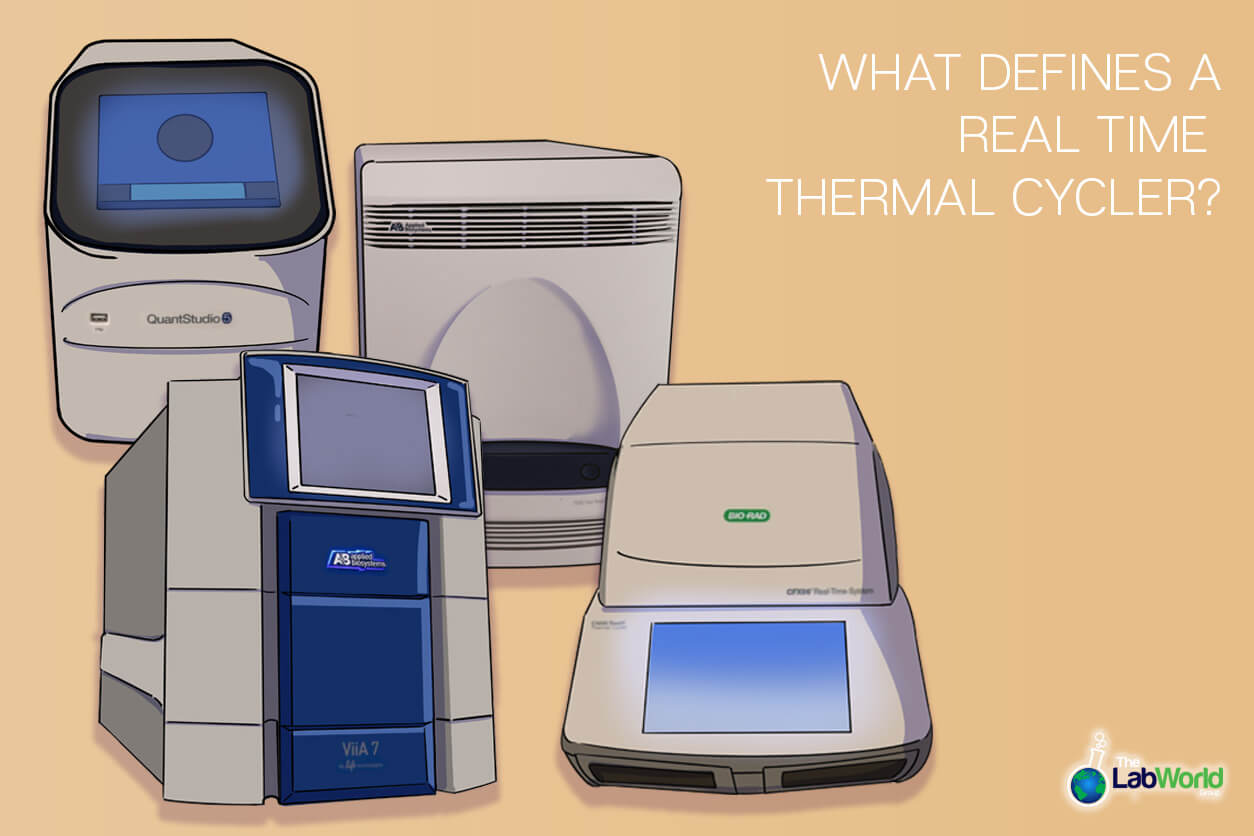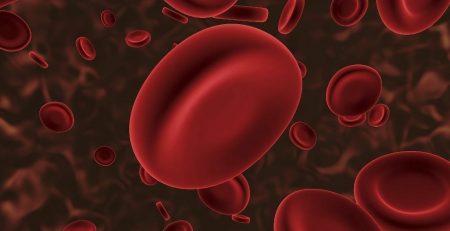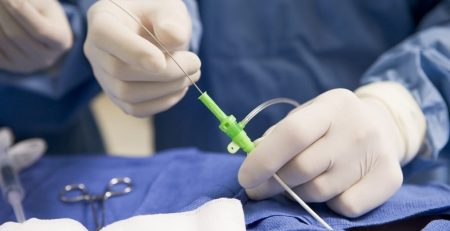
Real-Time PCR Systems (qPCR)
Amanda2025-03-27T13:33:04+00:00What are Real-time PCR machines?
Real-time PCR machines are the more advanced and complex version of the Thermal cycler. They share many of the traits a traditional thermocycler uses to amplify and clone the segments of DNA by the polymerase chain reaction (PCR) but also include fluorescence detection to capture amplifications data as it unfolds Real-time PCRs allow a user to see when precisely the amount of reaction components are consumed and when the process enters the exponential plateau phase.
PCR Optical Heads
PCR optical heads such as the Biorad CFX have special optics used to detect and measure the fluorescence signal at each stage in the polymerase chain reaction. The optical head is mounted on top of a qPCR thermal cycler base to combine these two powerful tools into one useful package. The heads contain LEDs and photodiodes to detect the fluorescence illumination inside the DNA helix. A typical head uses 2-5 colors but that may change from model to model. Some heads may also use excitation and emission filters like the ABI 7500 Fast DX Real-time PCR Instrument. All this detection though would not be possible without the help of dyes.
Type of Different dyes
One of the most commonly used dyes is SYBR Green. This dye binds to the double-stranded DNA and allows the tracking of fluorescence emissions. Dyes used in PCR reactions all behave similarly, however, different dyes will bind to different things allowing users to track specific areas. SYBR Green for example is a solid general-purpose dye to use that does not specify what it binds to. Texas red for example is better to bind to antibodies and proteins. Other dyes include SYTO-9, SYTO-13, Mustang purple, BOBO-3, and many more. Dyes in general though are widespread and not target-specific.
Target-specific needs are met with the use of probes. The most common are TaqMan Probes. TaqMan gets its name from the classic video game “PacMan” and just like when PacMan eats the cherry to power up and chomp the ghosts, Taqman quenches the fluorescence by the fluorophore when excited and eliminates non-targets. Taqman probes are used to increase the specificity of quantitative PCR by separating the reporter and quencher components of the probe.
All probes follow a similar format to increase the fluorescence illumination. This family of probes includes Molecular Beacons, FRET Hybridization probes, Scorpion PCR primers, and many more.
Sequence-specific probes share properties with dyes. The main difference between the two of these is the cost and specificity. Probes are generally more expensive as they usually need dyes in addition to an oligonucleotide probe that is labeled with fluorescent and quencher reports on both ends. However, this cost is weighed with the higher specificity that can identify only the target DNA as opposed to the target DNA and the byproducts. In addition, selecting between dyes or probes is determined if you are using a single or Multiplex PCR system.
Detection types: Singleplex vs. Multiplex
A Singleplex PCR system is used to detect only one target sequence of RNA or DNA at a time per run. This simpler method does not require specific probes to run, thus making it easier to optimize, faster, and easier to use. These systems are ideal for those who are testing varied target sequences and do not necessarily prioritize throughput. A multiplexing PCR system offers a higher throughput by combining multiple target runs into one.
Multiplexing PCRs are used to detect typically 2-5 target sequences instead of just the one in Singleplex PCR. This simultaneous processing of multiple targets essentially combines multiple Singleplex PCR systems into an all-in-one package. Saving precious lab bench space, and power and eliminating repeated pipetting errors. This type of PCR is set up using two or more primer sets in the same PCR reaction essentially reducing the amount of sample required and saving on processing time. The downside to this is the higher initial investment and complexities in calibration. This type of system should be considered when higher throughput is required, or time is a limiting factor.
Summary
A Real-time PCR system adds many great benefits to your laboratory that a standard thermal cycler can fall short on. By recording the polymerase chain reaction as it is going on analysts can fine-tune the process from start to finish, and see what occurs during the molecular copy process.
This translates to faster, more sensitive, and thus accurate results daily. Things to consider are the increased cost it takes to acquire such machines as well as the optimization cost to continue operation. Make sure you understand the added benefits and restrictions when comparing the purchase of Thermal cyclers to Real-time PCRs.
Every PCR System we receive is put through the same rigorous testing and inspection. We check for integrity, temperature, uniformity, and clarity and that they’re operating within the manufacturer’s performance standards. We work with our customers to find the right fit, and level of security to meet their needs and budget. Buying a verified gently used qPCR system is a great way to get more features and throughput without blowing the budget.
Connect with us today and let us help you find the right Real-time PCR for your lab!













